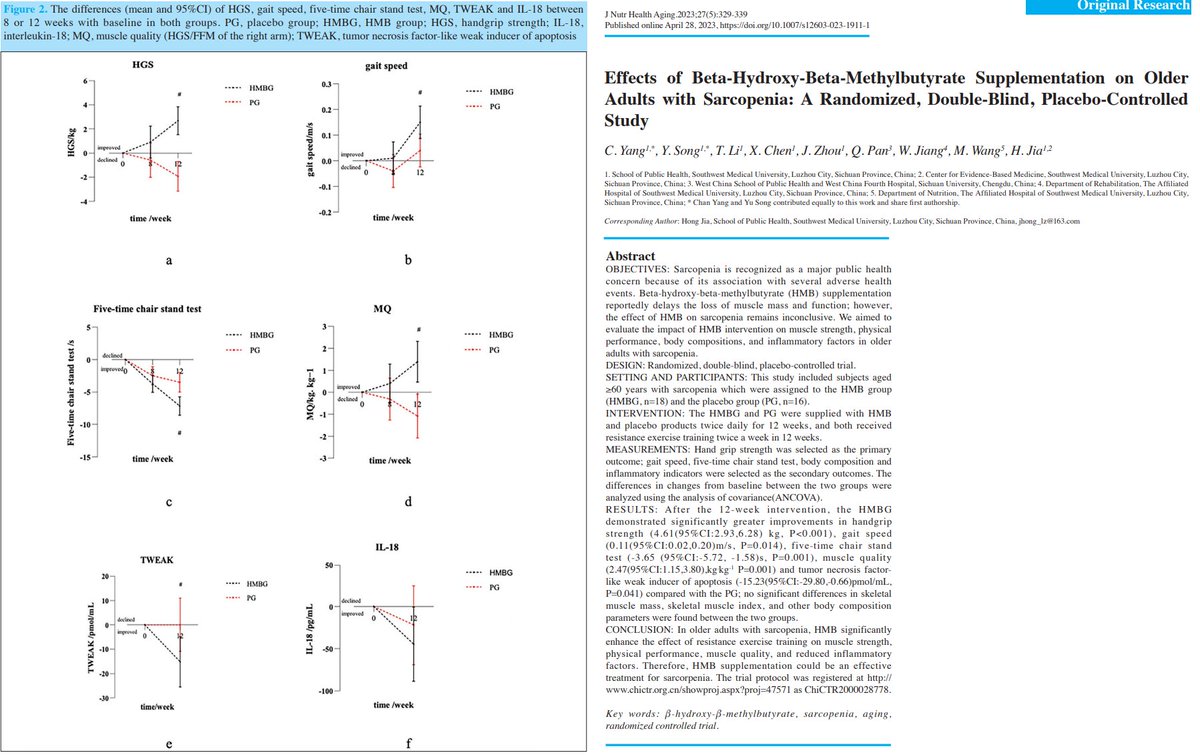This systematic review and meta-analysis suggests that neither high-repetition strength training interventions nor low-repetition strength training interventions are likely to result in improved performance over a 4- to 12-week period in well-trained endurance athletes.
- Training programs for endurance athletes typically incorporate some form of resistance training to improve performance and reduce likelihood of injury.
- Resistance training may take a variety of different formats based on the load, volume, rest period, and velocity of an exercise:
* High-repetition strength training is a form of resistance training that involves loads that are ≤67% of an individual’s one-repetition maximum (1RM) for ≥12 repetitions and is typically performed using short rest periods of ≤30 seconds.
* Low-repetition strength training involves loads that are >67% of 1RM for <12 repetitions using long rest periods of >90 seconds.
- The aim of this systematic review and meta-analysis was to evaluate the effects of high-repetition strength training on performance in competitive endurance athletes.
- The 11 studies that were found in this review extended to a wide range of competitive endurance athletes...
...and included collegiate rowers, well-trained regional to national level runners, trained club-level cyclists, well-trained cross-country skiers, and recreational runners, cyclists, swimmers, and triathletes.
- Findings did not support the view that high-repetition strength training is likely to result in improved performance over a 4- to 12-week period, with similar results compared with low-repetition strength training.
The Effects of High-Repetition Strength Training on Performance in Competitive Endurance Athletes: A Systematic Review and Meta-Analysis
doi.org/10.1519/JSC.00…
#exercise #Workout #TrainHard #GymLife #GymTime #muscle #strength #lift #GetStrong #cardio #hiit
doi.org/10.1519/JSC.00…
#exercise #Workout #TrainHard #GymLife #GymTime #muscle #strength #lift #GetStrong #cardio #hiit
• • •
Missing some Tweet in this thread? You can try to
force a refresh

 Read on Twitter
Read on Twitter







